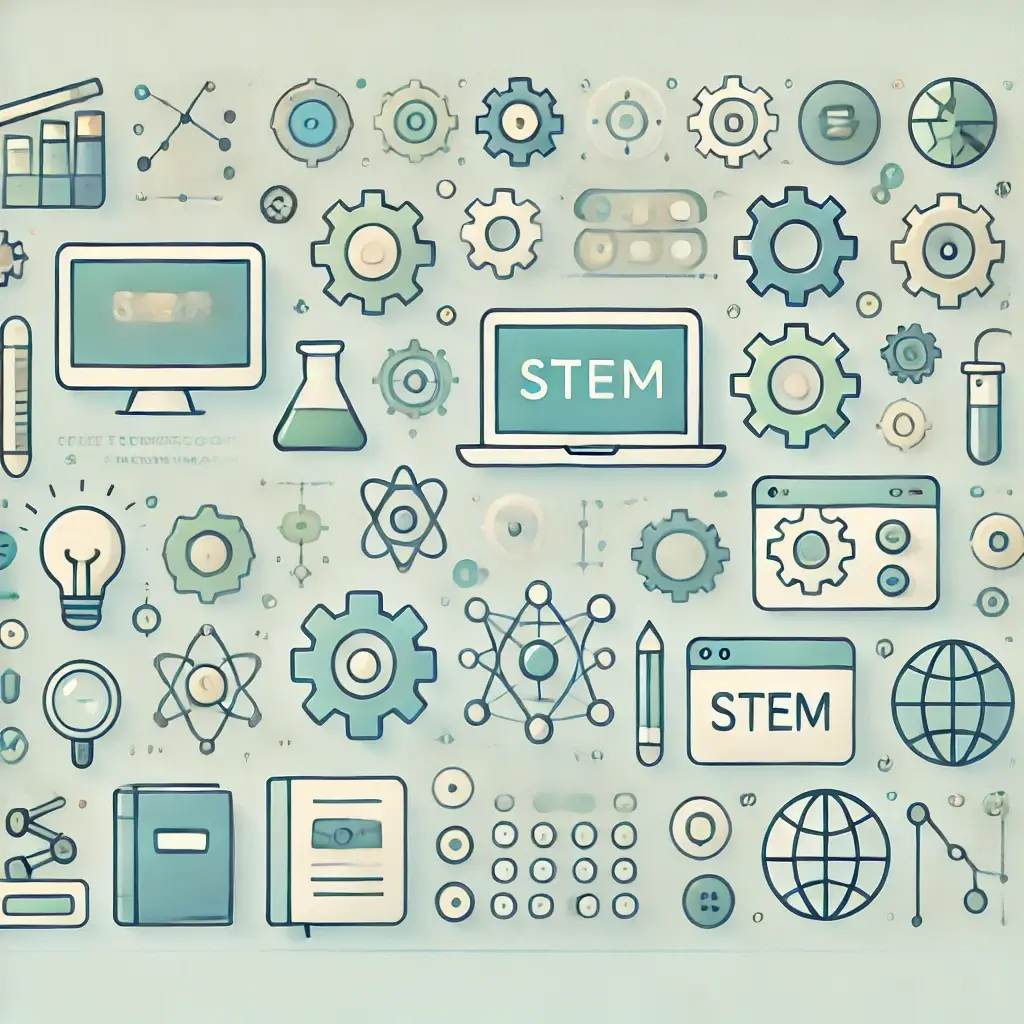Introduction
STEM learning has revolutionized education, making it more accessible and engaging for learners of all ages. In 2024-2025, STEM learning software is designed to foster curiosity and problem-solving skills through interactive and immersive experiences. These platforms are crucial for developing skills in Science, Technology, Engineering, and Mathematics (STEM) fields. With an increasing demand for tech-savvy individuals, these tools have become an essential part of both classroom and remote learning environments.
This article highlights the Top 10 Best STEM Learning Software for 2024-2025. From early learners to advanced students, these platforms offer tailored programs to encourage exploration, experimentation, and innovation. Each software is reviewed in terms of features, pricing, and user experience, helping you make an informed decision on the best fit for your educational needs. Whether you’re a teacher seeking tools for your students or a parent looking to boost your child’s STEM skills, this list has options for various learning styles and levels.

Hereafter, the top 10 Best STEM Learning Software for 2024-2025
1. Tynker
Pros: Excellent for kids, gamified learning, highly interactive.
Cons: Limited scope for advanced learners.
Price: $60/year.
Best Deal: Annual subscription.
Website: tynker.com
Contact: [email protected], +1 800-123-4567
2. Scratch
Pros: Free, community-driven, suitable for beginners.
Cons: Less structured learning path.
Price: Free.
Best Deal: N/A (Free).
Website: scratch.mit.edu
Contact: [email protected], +1 617-253-1000
3. STEMscopes
Pros: Comprehensive K-12 coverage, aligned with standards.
Cons: Higher cost for schools.
Price: Custom pricing for schools.
Best Deal: N/A (Educational institution pricing).
Website: stemscopes.com
Contact: [email protected], +1 713-523-2526
4. RoboMind Academy
Pros: Focuses on robotics and programming.
Cons: Limited for younger learners.
Price: $49/year.
Best Deal: Annual plan.
Website: robomindacademy.com
Contact: [email protected], +31 20-1234567
5. Khan Academy
Pros: Free, extensive STEM resources, suitable for all ages.
Cons: Limited hands-on activities.
Price: Free.
Best Deal: N/A (Free).
Website: khanacademy.org
Contact: [email protected], +1 650-336-5427
6. Code.org
Pros: Free coding lessons, ideal for schools.
Cons: Focus is mainly on coding, lacks other STEM areas.
Price: Free.
Best Deal: N/A (Free).
Website: code.org
Contact: [email protected], +1 206-675-8935
7. Brilliant
Pros: Interactive learning, ideal for high school and beyond.
Cons: Expensive for individual users.
Price: $149.88/year.
Best Deal: Annual subscription.
Website: brilliant.org
Contact: [email protected], +1 800-987-6543
8. Blockly
Pros: Simple block-based coding, great for kids.
Cons: Not as extensive as other platforms.
Price: Free.
Best Deal: N/A (Free).
Website: developers.google.com/blockly
Contact: n/a
9. Sphero EDU
Pros: Focuses on robotics and STEM learning with hardware.
Cons: Requires hardware purchases.
Price: $149/year.
Best Deal: Bundle with Sphero robot.
Website: edu.sphero.com
Contact: [email protected], +1 888-977-4376
10. ST Math
Pros: Gamified math learning, K-8 focus.
Cons: Math-focused, limited for older learners.
Price: $40/year.
Best Deal: Annual subscription.
Website: stmath.com
Contact: [email protected], +1 888-751-5443
Conclusion
STEM learning software continues to play a pivotal role in shaping the future of education. The top 10 platforms listed above offer diverse features, catering to various needs, from early education to advanced STEM skills. Whether you’re an educator looking for a classroom solution or a parent seeking to enhance your child’s learning experience, these platforms offer the flexibility, engagement, and quality required in today’s fast-paced educational landscape. With STEM education at the forefront of modern learning, these tools are key in preparing the next generation of innovators, scientists, and engineers.
Get epic product battles straight to you! 🥊 📦 ![]()
